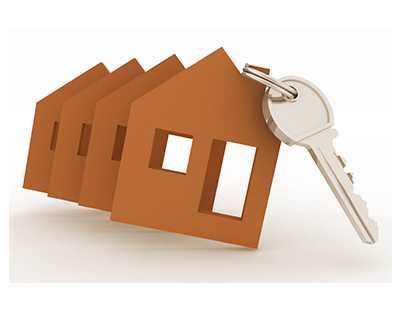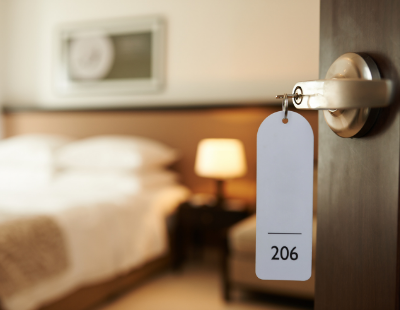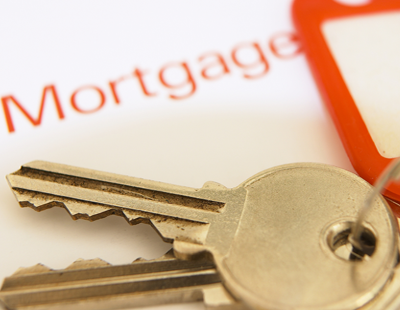Investors are increasingly searching for cheaper and higher yielding properties despite buy-to-let (BTL) investments offering attractive return rates, according to a study commissioned by The Mortgage Lender.
The special report, authored by the UK’s leading housing economist, Martin Ellis, covers the UK economy, the private rented sector, the UK housing market, buy-to-let mortgages, the impact of tax and regulatory changes, forecasts and prospects.
It predicts that interest rates will rise by a quarter in the next few months, with house price growth slowing to between 2 or 3% a year by the end of 2018.
Commenting on the contents of the report, Peter Beaumont, deputy chief executive of The Mortgage Lender, said it also looks at the factors that are likely to influence landlords’ investment choices over the coming years as well as the macro and micro economic environment for buy-to-let investors.
“It highlights the need for a flexible and competitive buy-to-let mortgage market to facilitate continuing investment in a sector of the housing market that has grown in significance as home ownership has declined and demand for good quality residential property has increased,” he added.
According the report, the key factors impacting the buy-to-let market are as follows:
Private rented sector has rocketed over the past decade
One in five (4.7 million) households in England now rent privately, with 46% of 25 to 34-year-olds living in the private rented sector. This is almost double the percentage in 2006 (24%).
The proportion of 35 to 44-year-olds in the private sector also grew substantially over the past decade, rising from 11% to 29%.
BTL mortgages helped the expansion of the private rented sector
The buy-to-let market currently represents nearly 13% of new UK mortgage lending, which grew from 840,000 BTL mortgages outstanding (£93.2 billion) at the end of 2006 to 1.8 million BTL mortgages with an aggregate balance of £214 billion by the end of 2015. This is a growth of 114% and 130% in the number and value of balances outstanding respectively.
In fact, buy-to-let was the strongest performing sector of the mortgage market. There were annual increases in the number of BTL loans to fund house purchase of 21% in 2014 and 17% in 2015. New BTL mortgages also increased by nearly 200% between 2010 and 2016, with their share of all mortgages rising to 20% in 2015.
Stamp duty changes affect BTL mortgages for house purchase
There was a significant fall in the number of BTL property sales following the introduction of the stamp duty charge for additional properties in April 2016. BTL house purchase declined immediately but has remained broadly flat since then.
What’s more, BTL house purchase activity in 2017 was more than a quarter lower than in 2016, with BTL purchases made with a mortgage averaging 6,240 a month in 2017 compared with 8,500 in 2016.
In value terms, BTL house purchase lending fell from £14.9 billion in 2016 to £10.7 billion in 2017, but the total was for 2017 was still 67% higher than the annual average during the period from 2009 to 2013.
Additionally, the number of BTL house purchase loans in the first three months of 2018 totalled 11% lower than in the same period of 2017.
BTL remortgages have remained stable
In contrast, BTL remortgage activity has been stable, with the volume of lending in 2017 only 0.6% lower than in 2016. As a result, remortgages’ share of total BTL mortgage lending rose from 60% in 2016 to 67% in 2017 in volume terms.








.jpeg)
.png)

.jpg)








Join the conversation
Be the first to comment (please use the comment box below)
Please login to comment